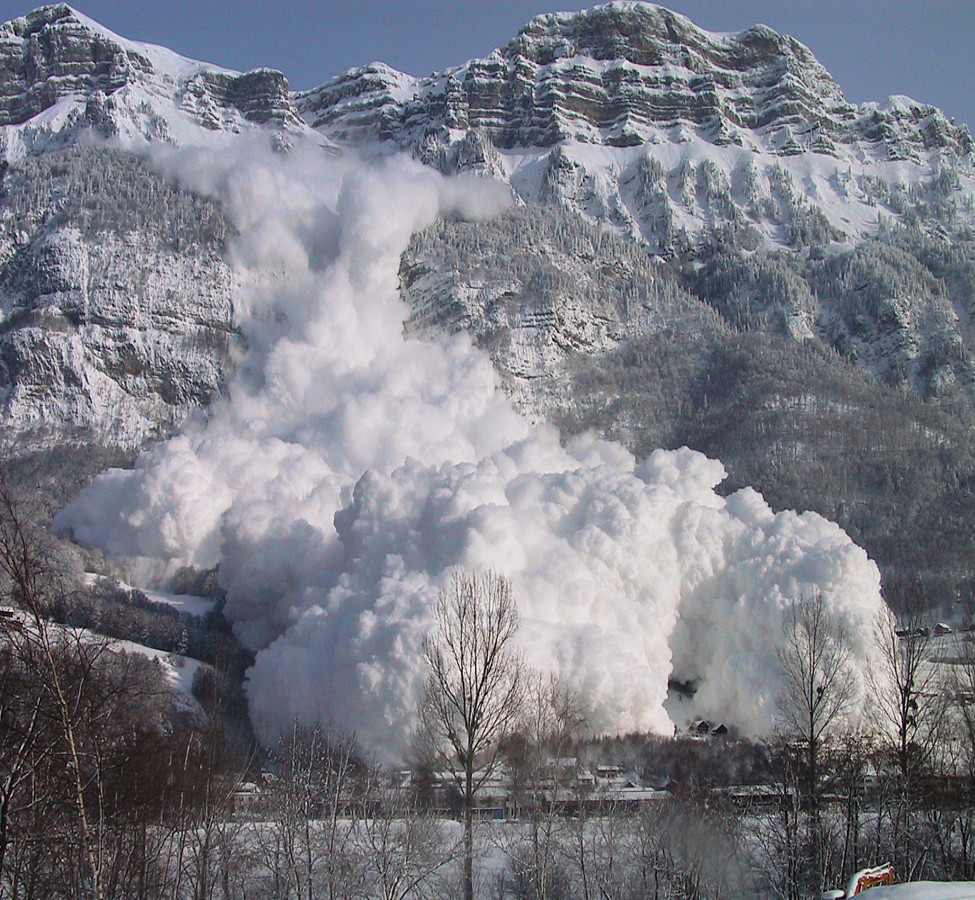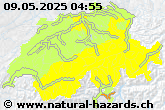Formation of cold waves
A cold wave develops when cold air masses over large areas are brought in. In middle Europe this occurs mainly during winter months when cold air masses are transported from the polar region or from the East. In those northern areas cold air develops to a large reservoir due to low or even missing solar radiation during short autumn and winter days. Particular weather conditions can transport these air masses as far as Central Europe. The fall of temperature is of the order of 10°C within a few hours. Cold air masses are only slowly moving, therefore, a cold wave will normally last for several days.
Cold waves can also develop on other continents. During a cold wave on Rhode Island (USA) temperatures as low as -45°C were measured in January 1994. The cold air masses transport only little moisture. Precipitation occurs as snow or sleet due to temperatures below freezing point. Cold waves can also be accompanied by strong wind. Such a phenomenon is called winter storm.
What damage can arise?
The damage arising from cold waves is mainly caused by the accompanying effects. Heavy snowfall can give rise to traffic chaos. Fatal accidents can occur if people fail to adapt their driving to road conditions. Ice rain can cause ice fractures in trees and telephone wires. The homeless, people who must spend time outdoors (e.g. for work) and the elderly are particularly vulnerable to the effects of cold waves.
Cold waves can be forecast by modern weather forecasting. The weather forecasts can disseminate useful warnings to prevent traffic accidents.




